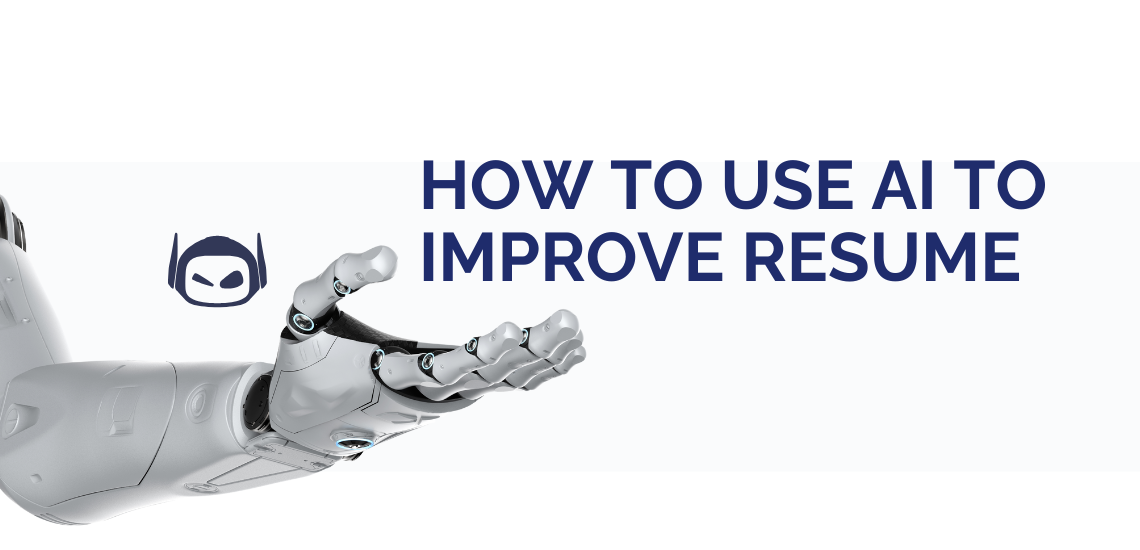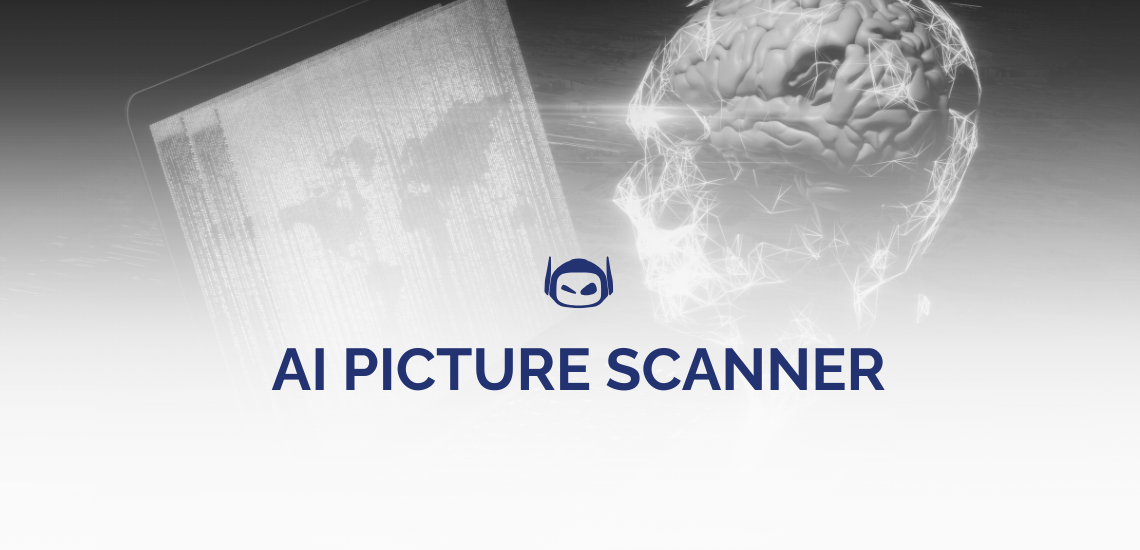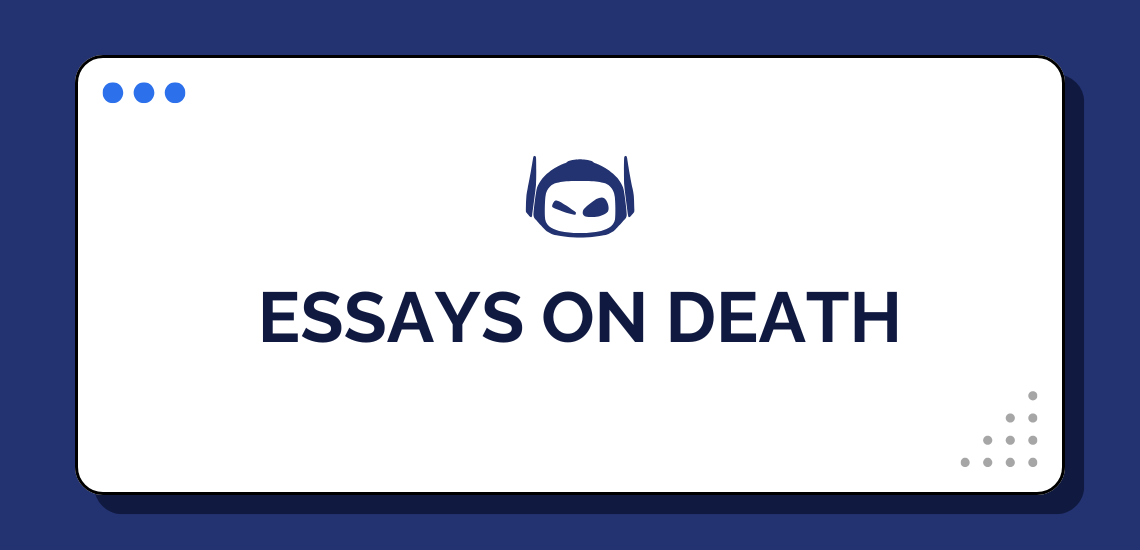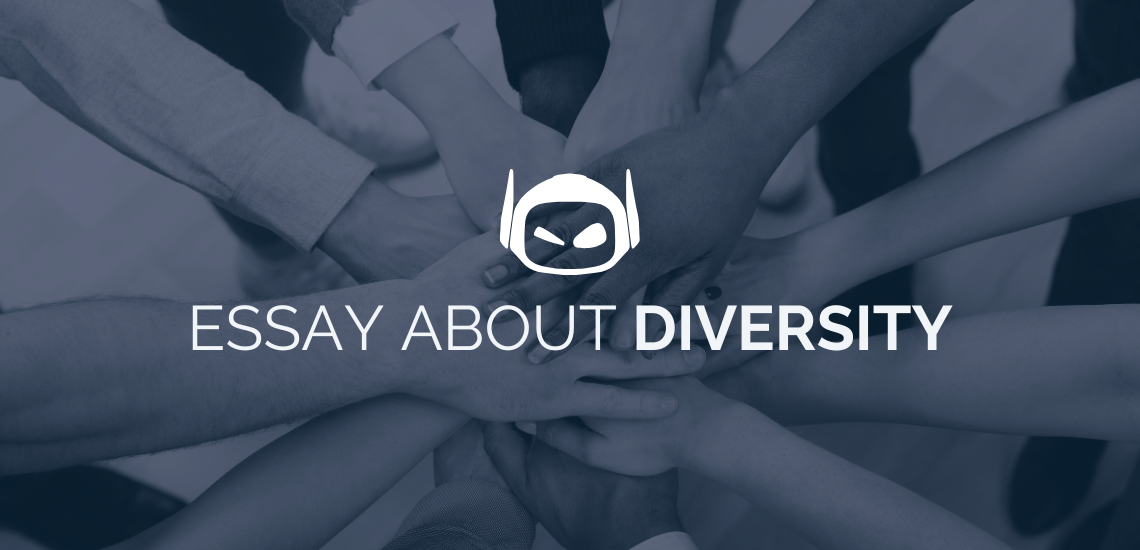
Job hunting and beginning the search for a new career...

General Guide About Content and Writing
Being able to summarize an article is a skill that...

Did you receive an assignment that requires Harvard referencing, and...

There is a wide range of topics you can tackle...

AI technology is becoming increasingly popular when it comes to...

Are you wondering, “Can AI check for plagiarism” because you...

General Guide About Content and Writing
We always seek to gain a greater understanding of how...

General Guide About Content and Writing
Do you need to write essays on death for your...

General Guide About Content and Writing
Students in humanities courses often need a little assistance when...

General Guide About Content and Writing
When you’re studying at one of the best educational institutions,...